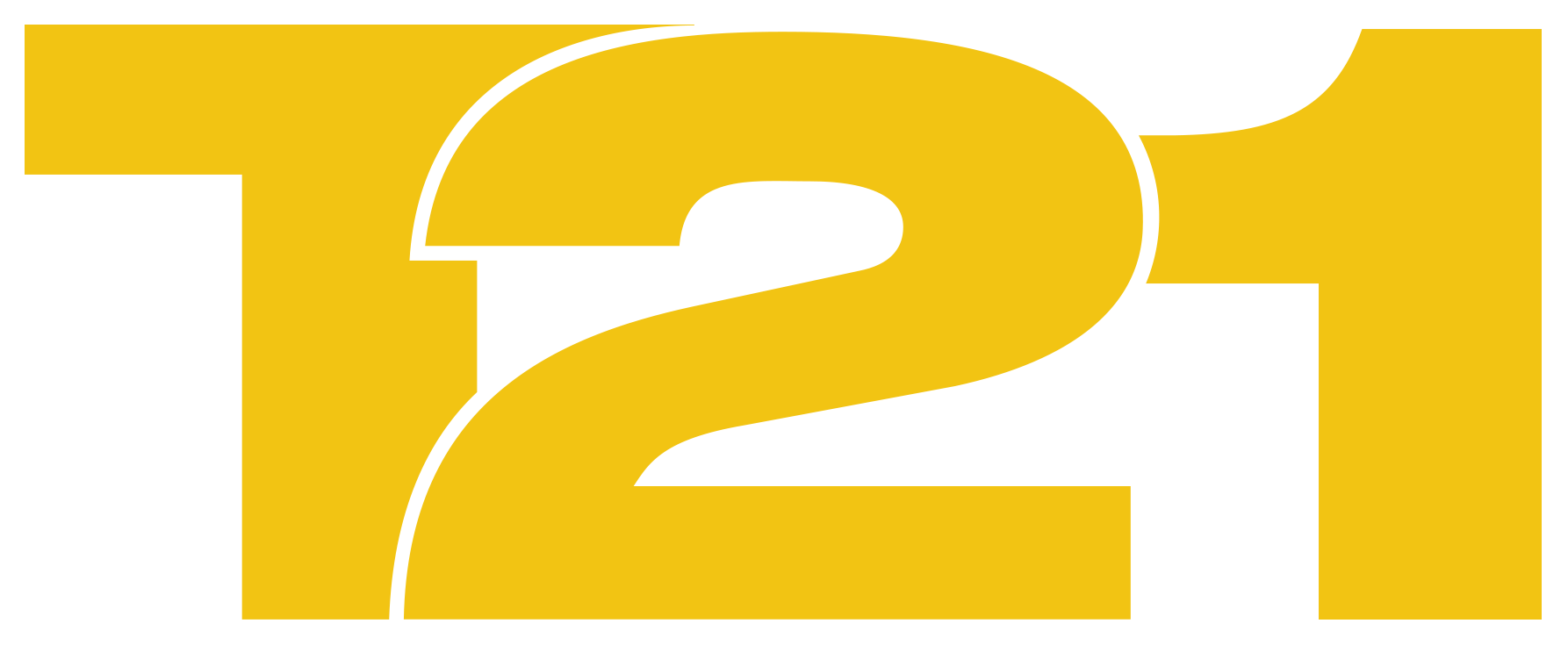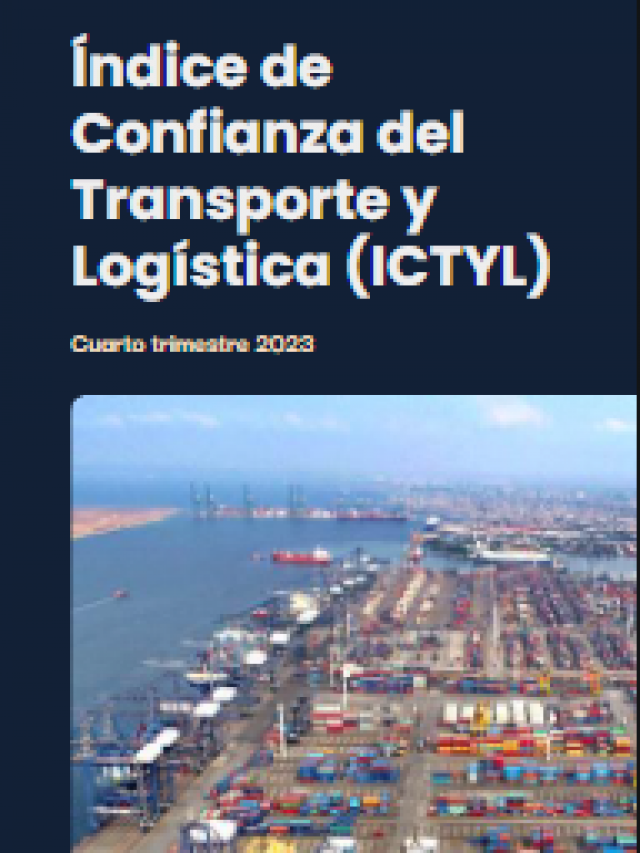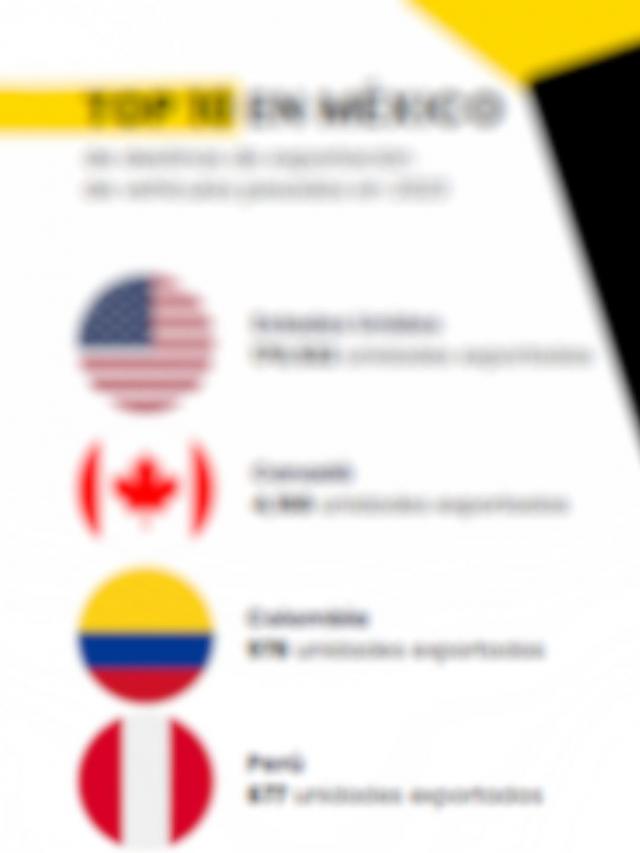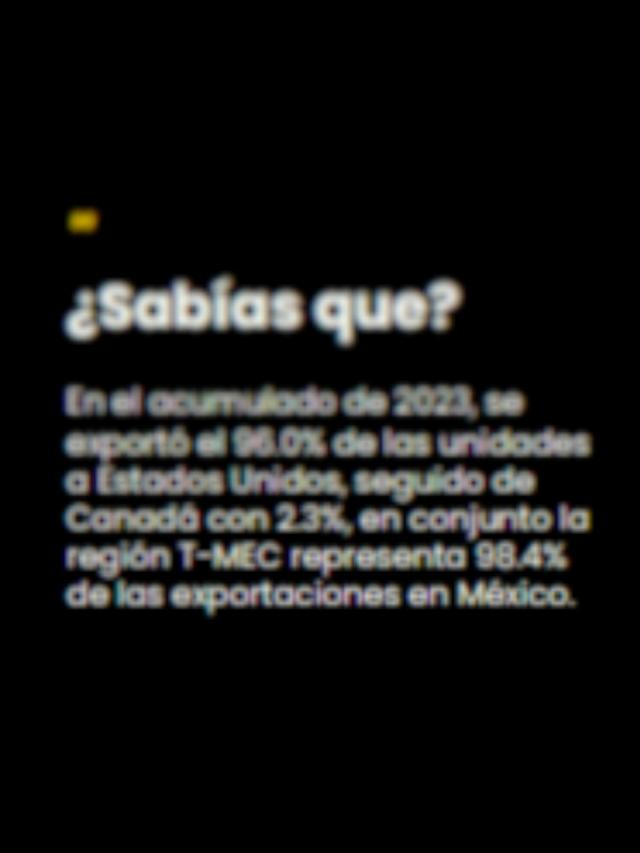 When a Costa Rican company began moving containers from the port of Moín to San José in 1999, it probably didn’t imagine that a quarter of a century later it would be talking about deliveries from San Diego to Cancún, engines headed to Nicaragua, and trade routes designed with the inverse logic of those who always look north. But Transtainer wasn’t born with fear of the road; it was born in motion.
When a Costa Rican company began moving containers from the port of Moín to San José in 1999, it probably didn’t imagine that a quarter of a century later it would be talking about deliveries from San Diego to Cancún, engines headed to Nicaragua, and trade routes designed with the inverse logic of those who always look north. But Transtainer wasn’t born with fear of the road; it was born in motion.
The company’s history isn’t one of aggressive conquests, but rather of organic, step-by-step growth. First, Costa Rica. Then, each country in the Central American isthmus, including Nicaragua, “with all its political challenges,” until it consolidated its presence throughout the south. And in 2023, the natural leap forward: Mexico , Gilberto Serrano, Transtainer’s country manager , told T21 .
“It was in September 2023 when we made our first official trip. That day marked our actual arrival in Mexico, with a physical presence,” Serrano said.
They arrived quietly, like someone who knows the terrain, even if it seems foreign. They didn’t come to compete with the large fleets, but to do what few do well: build bridges to Central America , where others see complexity or risk, Serrano said.

For him, their strength lies in the terrain they know like the back of their hand: unusual routes , border crossings that require more than paperwork, and the ability to navigate unstable geographies with an operational network already in place throughout Central America.
“There are companies that tell us they don’t unload cargo because they’re afraid of Central America. We come from there. We know how to navigate and how to mitigate risks with insurance, GPS, security, and a team that operates in each country,” Serrano explained.
He also commented that they offer all logistics services , maritime , air , land, customs, warehouses, but their difference is in the treatment.
“We have a saying we repeat a lot: if the customer has to ask us where their cargo is, we’ve already done something wrong. We must always be one step ahead,” he said.
With a core team of seven people in Mexico and up to 100 collaborators coordinating across the region, each trip is a logistical symphony. From the sales executive to the operator, everyone must know what’s going on.
This constant support is what Transtainer seeks to make clear to the Mexican market. They’re not here to replicate what others are doing. They’re here, primarily, to connect Mexico with the south.
“Many people don’t realize how large a market Latin America is. We do. We have a presence in Peru, Ecuador, and Panama. We know where to open those doors,” said Serrano, as he analyzed the outlook for 2025, marked by economic uncertainty and the effects of the global trade war.
The economic slowdown has already been felt, Serrano acknowledges, but far from seeing it as an obstacle, he interprets it as fertile ground for those who know how to identify opportunities .
He recalled a lesson from a former boss: “It is in difficult times that the best opportunities arise, as long as you have the vision to detect them.”
And his vision is clear: in an uncertain environment, his proposal is to open routes to the south, where there is demand, capacity, and strategic alliances.
For Serrano, Transtainer doesn’t promise miracles. It promises peace of mind. He explains that they want customers to know that their cargo, no matter how complex, is in the hands of those who have already crossed those routes.
“We don’t want to be another burden. We want to remove them,” Serrano summarized.
Although he speaks clearly about the market’s challenges , Serrano did not hesitate to say what has really made Transtainer work in Mexico: the team.
A group that, he said, is moving in the same direction and shares the company’s vision. “If one is missing, another responds. The customer should never notice an absence.” For him, this coordination, this understanding between areas , is key to overcoming the challenges of a new environment, with different regulations and vast competition.
Comment and follow us on X: @karinaquintero /@GrupoT21















